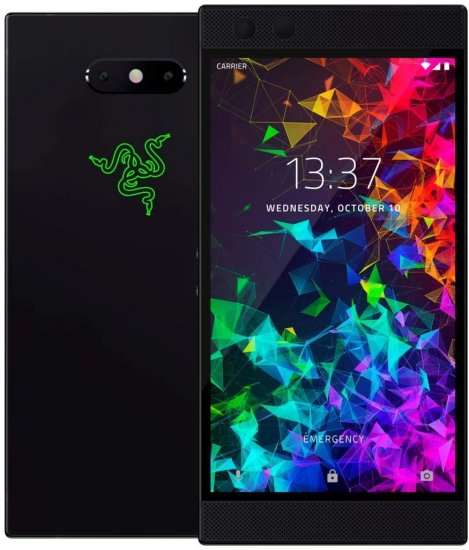Insightful Chronicles
Exploring the world through news and stories.
Game On-the-Go: The Smartphone Revolution
Discover how the smartphone revolution is transforming gaming! Uncover top trends, must-have apps, and tips for gaming on-the-go.
How Smartphones are Reshaping the Gaming Landscape
The advent of smartphones has dramatically transformed the gaming landscape, making gaming more accessible than ever before. With mobile gaming now comprising a significant portion of the global gaming market, players are no longer limited to consoles or PCs. Instead, they can enjoy a diverse array of games right from their pockets. As of recent statistics, the number of mobile gamers is projected to surpass 3 billion by the end of the year, highlighting a shift in how people engage with games. This surge is largely driven by the convenience of smartphones, which allow users to play while commuting, waiting in line, or relaxing at home.
Moreover, smartphones are fostering innovation in game design and development. Titles like Fortnite and Pokemon GO have demonstrated the potential of augmented reality and complex gameplay mechanics on mobile platforms, pushing developers to rethink traditional gaming structures. Additionally, the rise of cloud gaming services is set to further enhance the experience, allowing players to stream high-quality games without the need for expensive hardware. As smartphone technology continues to evolve, we can expect even more immersive experiences, making mobile devices a central hub for gaming in the years to come.

The Evolution of Mobile Gaming: A Decade of Innovation
The evolution of mobile gaming over the past decade has been nothing short of remarkable. From the early days of simple, pixelated games available on basic mobile phones to the sophisticated, high-definition titles we enjoy today, the landscape has transformed drastically. In 2010, mobile gaming was largely dominated by casual games that could be played in short bursts, such as 'Angry Birds' and 'Fruit Ninja.' However, advancements in smartphone technology, including improved processors and graphics capabilities, have paved the way for more complex and engaging experiences. As of today, mobile gaming has carved out a significant niche in the gaming industry, generating billions in revenue and attracting a diverse audience.
The past decade has also seen the rise of innovative features that have reshaped how we play games on our mobile devices. Technologies such as augmented reality (AR) and cloud gaming have added new dimensions to the mobile gaming experience. For instance, games like 'Pokémon GO' have introduced players to interactive gameplay that merges the real world with virtual elements, enhancing user engagement. Meanwhile, cloud gaming services have made it possible to play high-end titles on budget-friendly devices, allowing gamers to enjoy a vast library of games without the need for powerful hardware. As we look to the future, the innovation in mobile gaming shows no signs of slowing down, promising even more exciting advancements ahead.
Top Mobile Games You Can't Miss in 2023
As we step into 2023, the mobile gaming landscape is more vibrant than ever, with developers pushing the boundaries of creativity and technology. From immersive RPGs to competitive battle royale games, there’s something for every type of gamer. Here are Top Mobile Games You Can't Miss in 2023 that have captivated audiences across the globe:
- Genshin Impact – This visually stunning open-world RPG continues to receive updates and expansions, adding new characters and regions that enrich the gaming experience.
- Call of Duty: Mobile – With its fast-paced multiplayer and engaging battle royale modes, this game offers an adrenaline rush for both casual and hardcore gamers alike.
- Among Us – The social deduction game remains popular, as it fosters fun interactions and teamwork, making it an entertaining choice for friends and family.